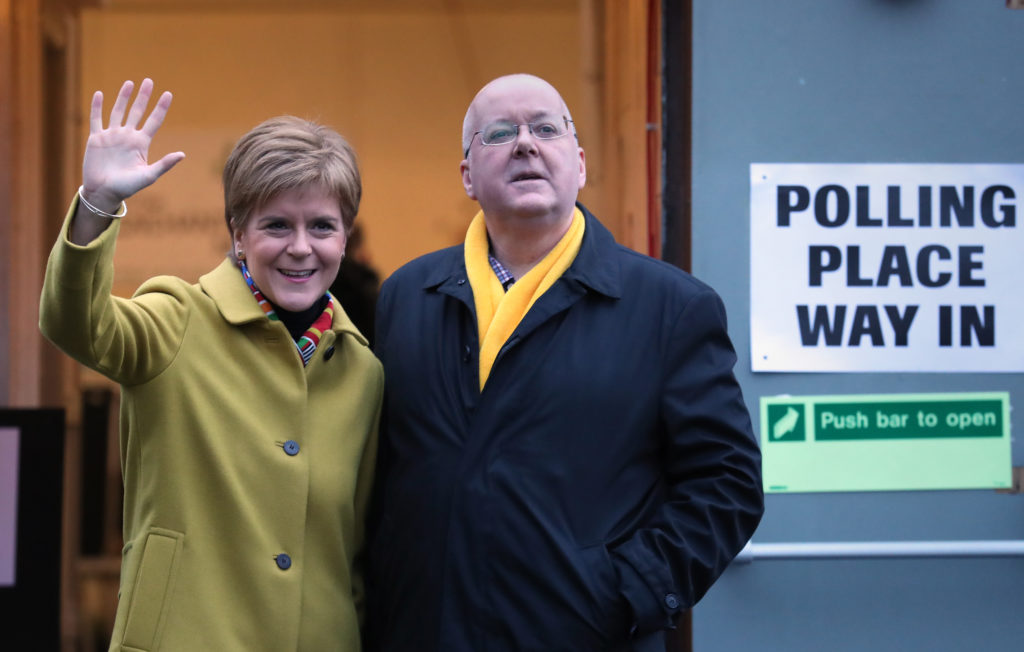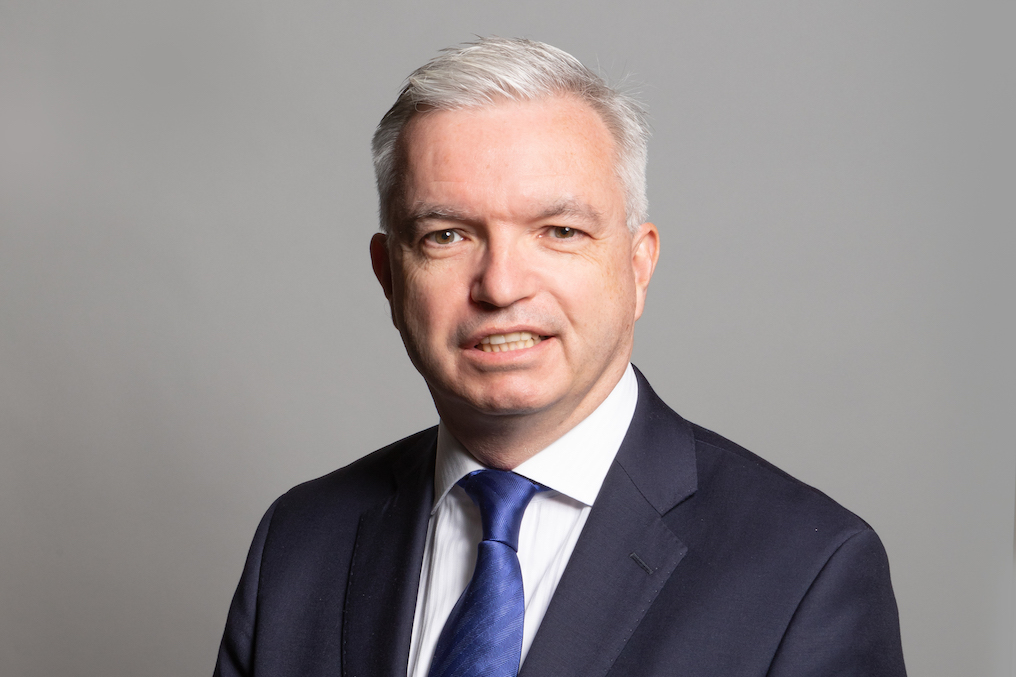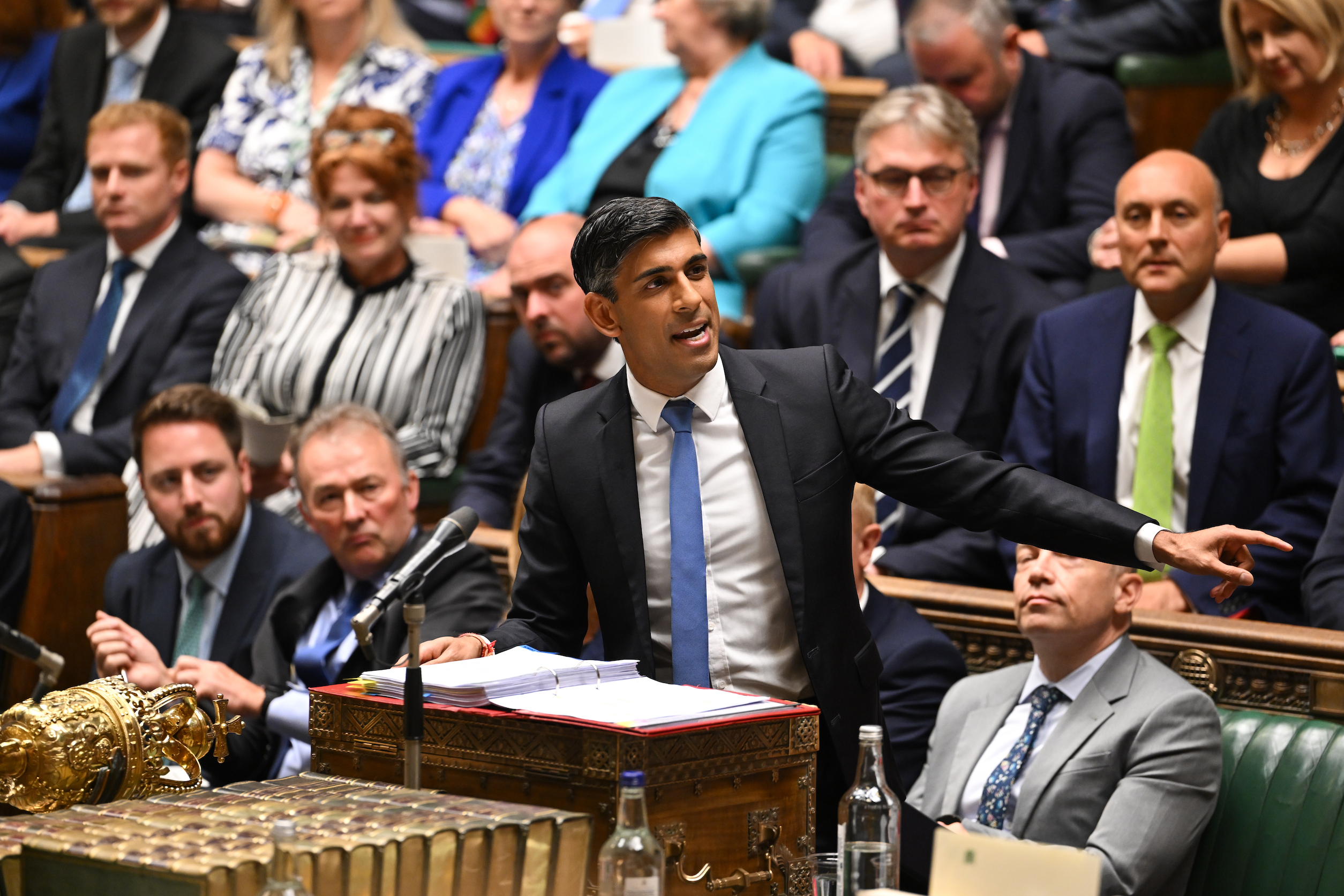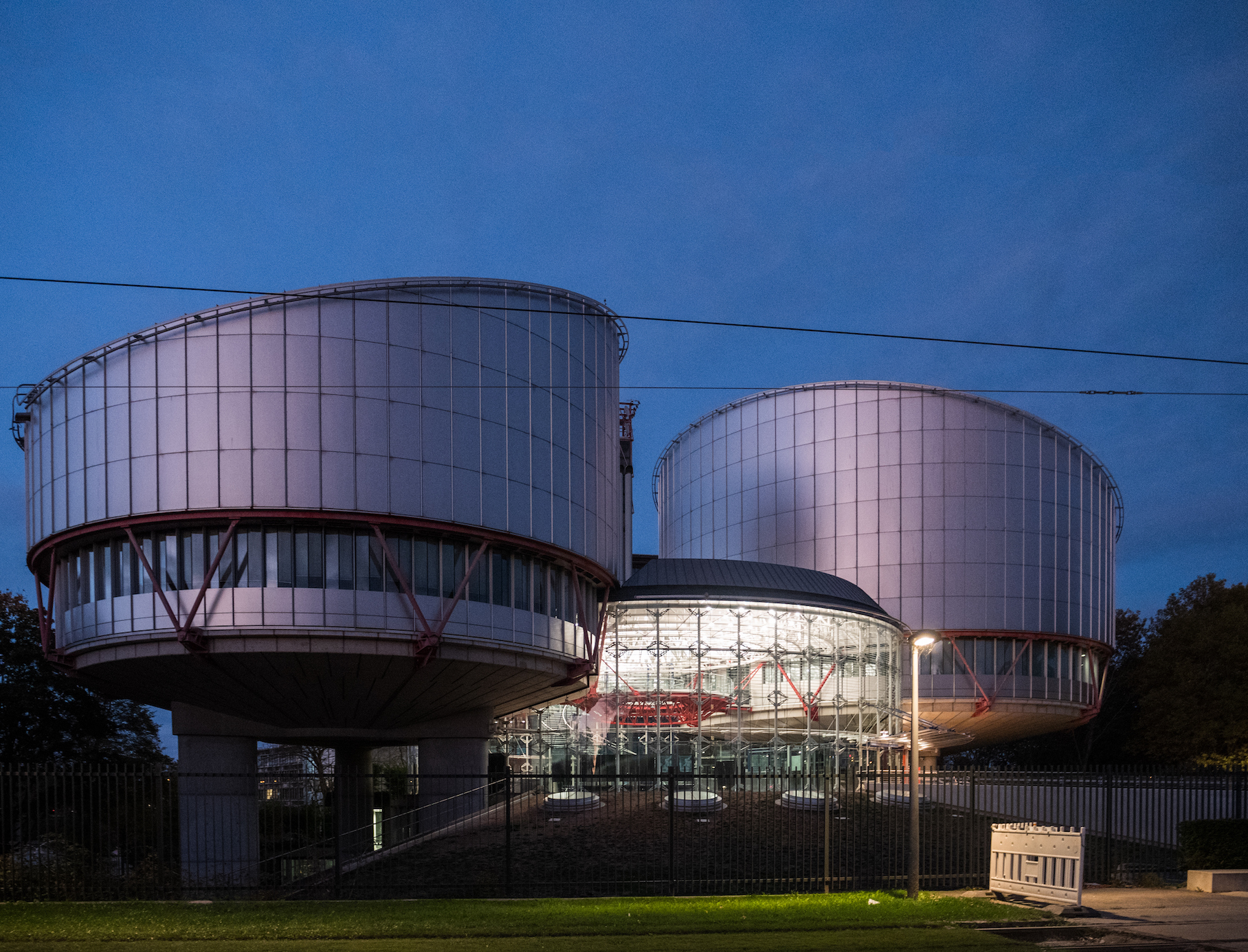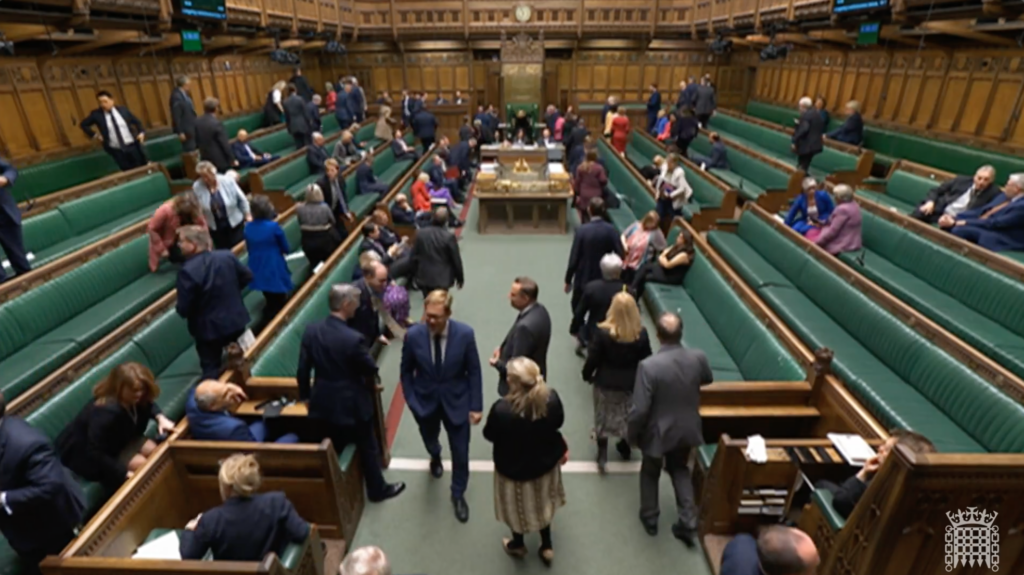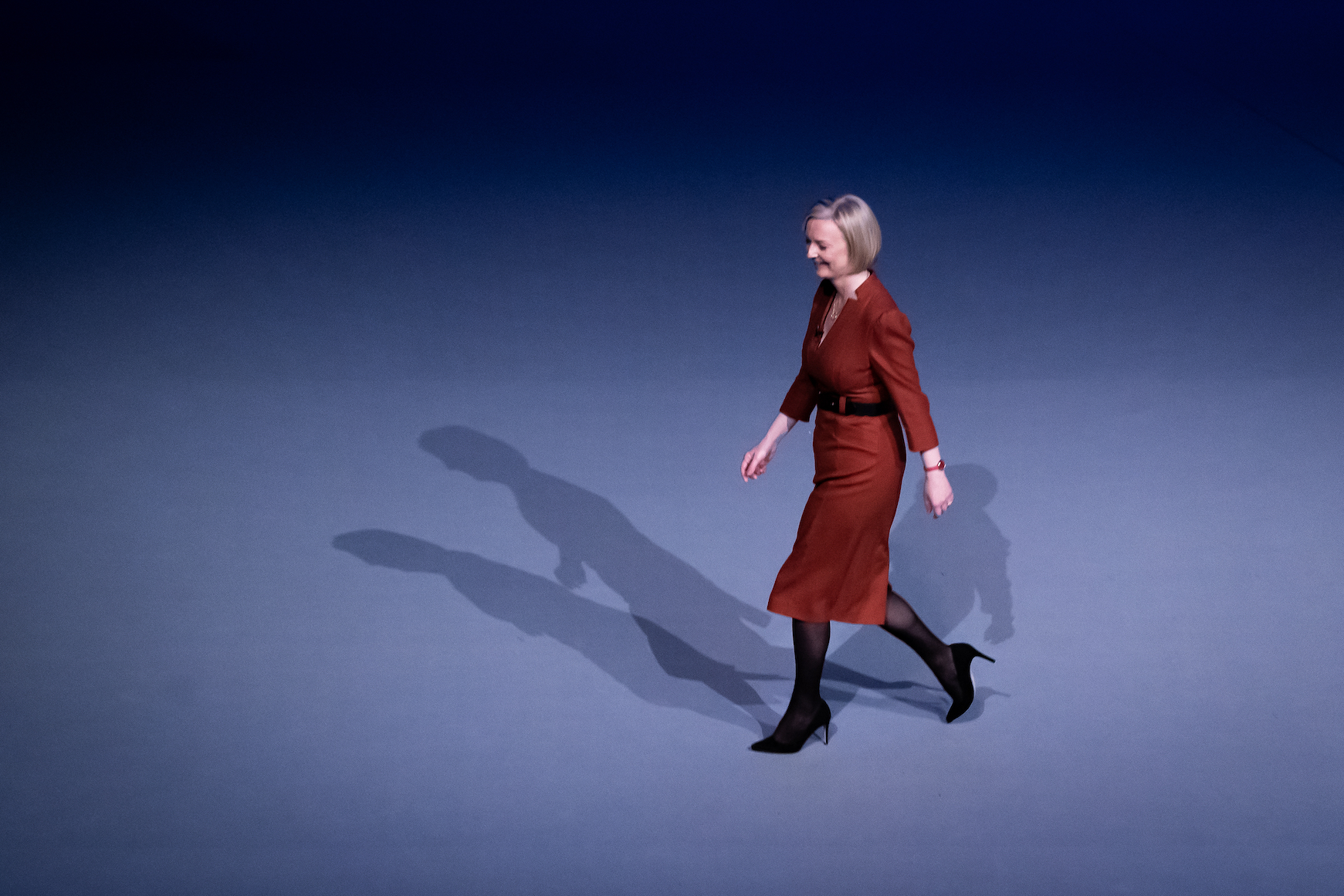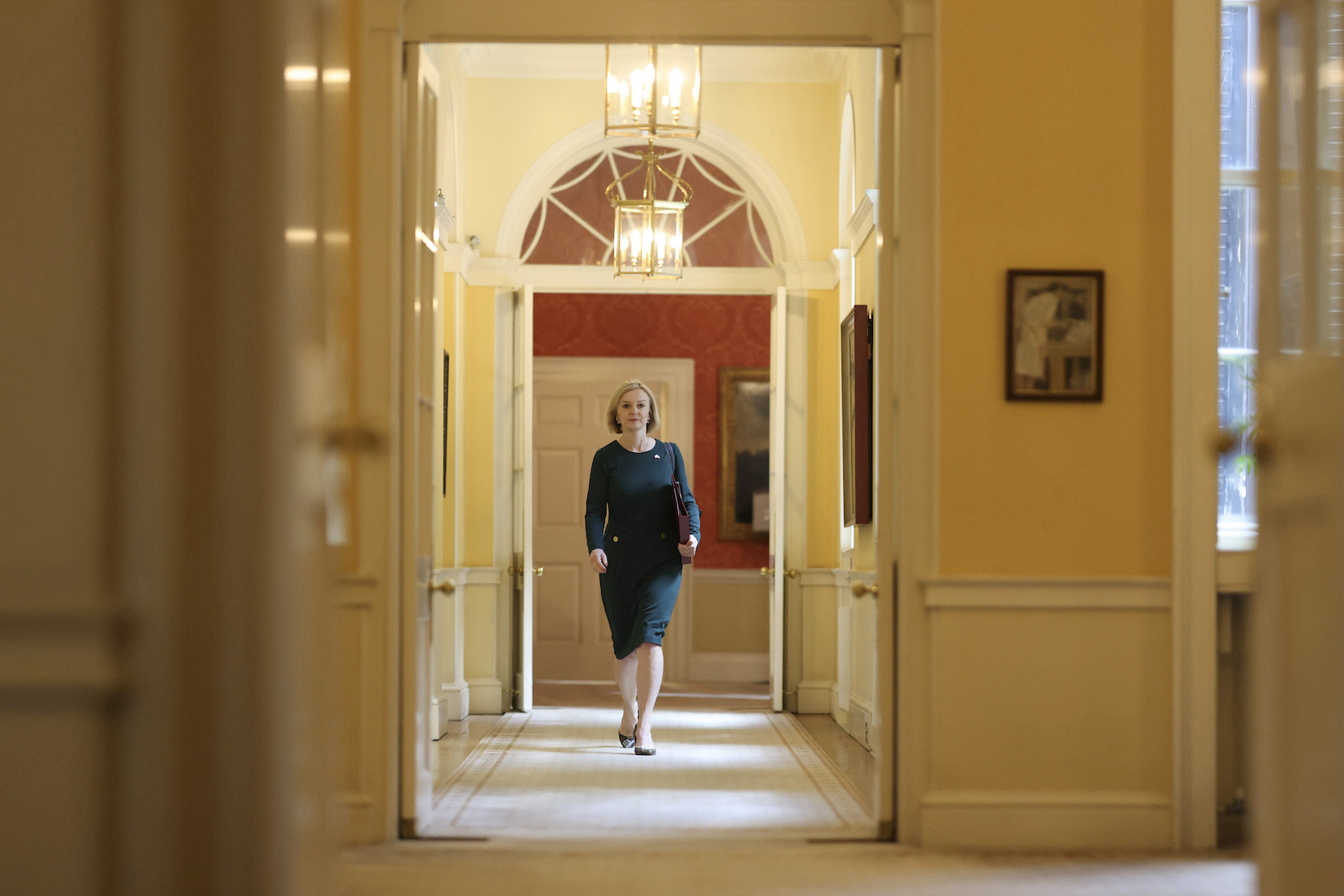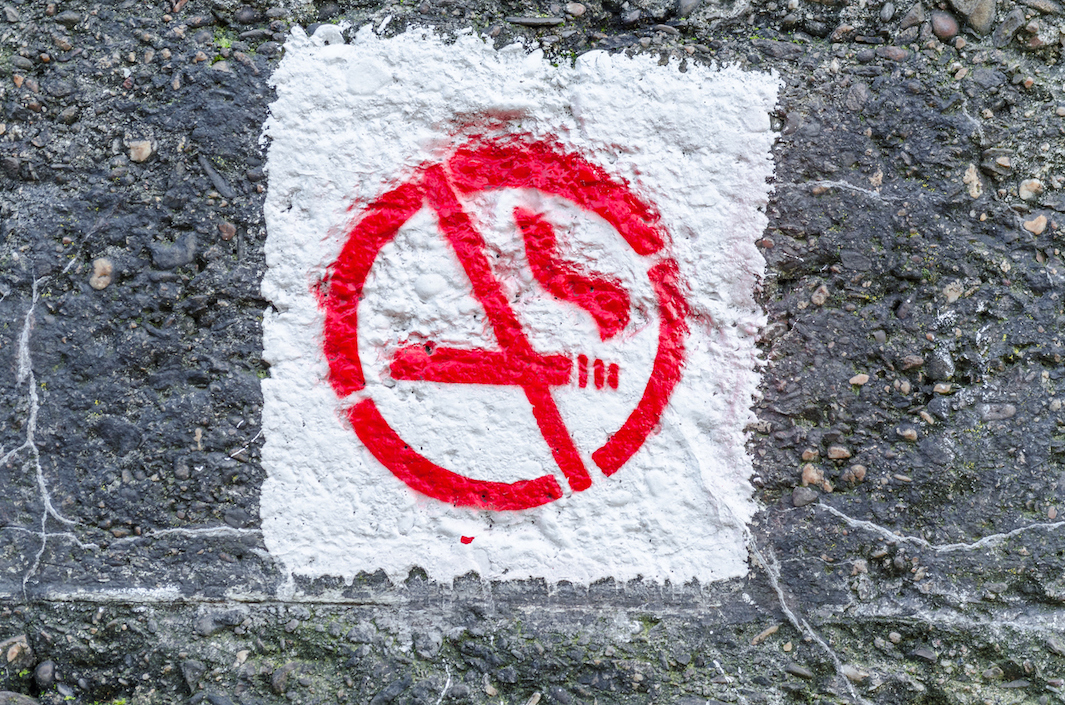What is the Channel Tunnel?
The Channel Tunnel, also known as ‘Euro-tunnel’ (or ‘Chunnel’), is a series of three tunnels (two carrying tunnels, one service tunnel) linking the southern coast of England near Folkestone to the northern coast of France at Coquelles outside Calais.
The tunnels are 50km long, with an undersea section of 39 km under the English Channel, making them the second longest undersea tunnel system in the world. The longest is now the Seikan Tunnel in Japan.
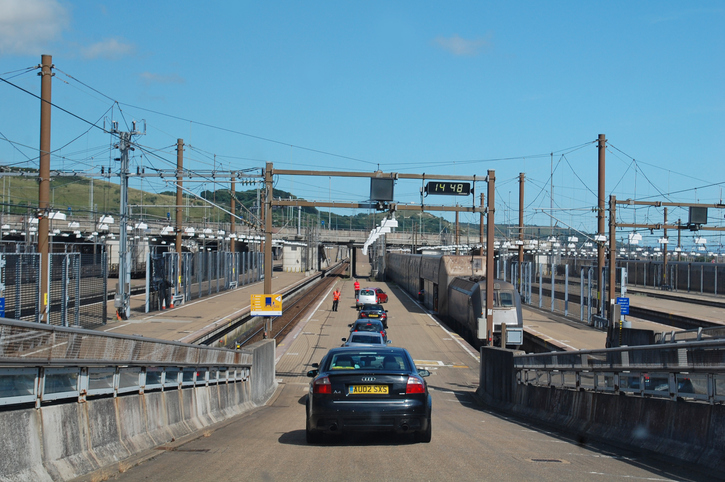
The Channel Tunnel is the second longest under sea tunnel in the world
The Euro-tunnel project was privately financed and continues to be privately operated. The estimated £4.9 billion total cost of the tunnel turned out to be a serious miscalculation, as the cost ballooned to almost £12 billion by the time it opened in 1994, more than double the original estimates.
Background
The idea of a Channel Tunnel was first explored by French mining engineer, Albert Mathieu, who formulated early designs for Napoleon in 1802.


The first attempt to make a cross channel link to mainland Europe was in 1880 when the Beaumont and English tunnel boring machine began digging undersea tunnels on both sides of the Channel. But the British military became increasingly concerned about national security and the project was abandoned with no further attempts being made for almost a century.
In 1974 work began again on the tunnel, but had to be abandoned shortly afterwards due to financial problems.
Following announcements in 1981 by the French and British governments that a cross-channel link would be explored, private companies were asked to tender for contracts to construct and operate the tunnel link. In early 1986, Margaret Thatcher and Francois Mitterrand announced that contracts had been finalised and work finally began in mid 1986.
The two tunnels met on December 1, 1990. Laser-guided surveying techniques meant there was an error margin of just 2 cm. However, there were then delays, disputes and spiralling costs all the way up to the completion of the project in 1994.
Until the Channel Tunnel rail link through Kent and East London became fully operational in 2007, the Channel Tunnel also highlighted the shortcomings of the British rail network: Eurostar trains were able to run at speeds of up to 186 mph in France, but they had to travel much more slowly on English rail tracks.
In 2019, before the reduction caused by the 2020/21 Coronavirus pandemic, a total of 21.5 million individuals in the United Kingdom travelled through the Channel Tunnel on the Eurostar and Le Shuttle services. This was split relatively evenly between Eurostar and Eurotunnel Le Shuttle. It was approximately twice the passenger volume travelling on ferries through the Port of Dover.
In 2017, the Channel Tunnel carried 1.6 million lorries, equivalent to 21.3 million tonnes of rail freight. The traffic carried on freight trains compared with 2.6 million lorries that travelled through the Port of Dover.
The subsequent Coronavirus pandemic in 2020/21 saw passenger numbers using the channel tunnel reduce dramatically. This placed the Eurostar train operator, which was majority owned by the French and Belgium government, in a financially vulnerable position.
The UK government had sold its 40 per cent stake in Eurostar for £757m before the 2015 General Election.
Recent controversies
Since the Channel Tunnel has opened, there have been a number of controversies around its ongoing operations.
Disputes of control post Brexit
The arrangements for the construction and operation of the Channel Tunnel were agreed through the 1986 Treaty of Canterbury signed by the French President, President Mitterand and then British Prime Minister, Margaret Thatcher.
However following Britain’s departure from the European Union in December 2020, a new legal framework was needed to govern the operations of the tunnel.
In 2021 it was suggested that the French authorities wanted full control over the length of the tunnel, in relation to safety and security, with the European Court of Justice settling disputes.
This move was being opposed by the British government as an attack on sovereignty, with the House of Commons European Scrutiny Committee describing the 2021 French proposal as a “power grab”.
Illegal Immigration
Several years after the Channel Tunnel was first opened, a new problem arose in terms of illegal immigration.
Illegal immigrants were using the tunnel for clandestine passage into the UK from centres in northern France and most notably from Sangatte, where the tunnel opens. A few attempted to walk through the Tunnel or cling to the trains themselves, but most tried to hide in freight containers or trucks using the tunnel. Sangatte has since closed, considerably reducing the use of the Tunnel for illegal immigration.
The problems with illegal immigration led to both the UK and French government spending tens of millions of pounds on tightened security measures around the opening to the tunnel.
Operational Difficulties
During its life time the channel tunnel has faced a number of operational difficulties. The tunnel has experienced quite serious fires in 1996, 2008, and 2015. All of these caused the tunnel to remain closed in the aftermath.
The tunnel has also experienced a series of train failures and power failures. In December 2009, five trains travelling to the UK from Brussels, Paris and Marne-la-Vallée (Disneyland Paris) broke down in the Channel Tunnel. Over 2,000 passengers, including babies and children, were trapped for several hours without food, water, or any information about what was happening. Heavy snowfall was said to be the root cause of the problem. As the trains left the cold air and entered the warm tunnel, the change in humidity caused the electrical systems to fail.
An independent review, carried out by former GNER chief executive Christopher Garnett and French transport expert Claude Gressier, published in February 2010, concluded that Eurostar had no plan in place to deal with such a scale of disruption or to help passengers caught up in the delays.
The report made 21 recommendations in three key areas: train reliability; evacuation and rescue; and managing disruption and improving communication.









